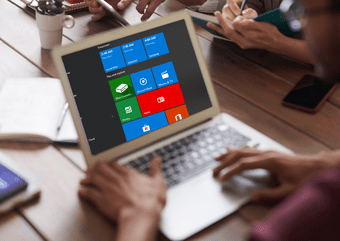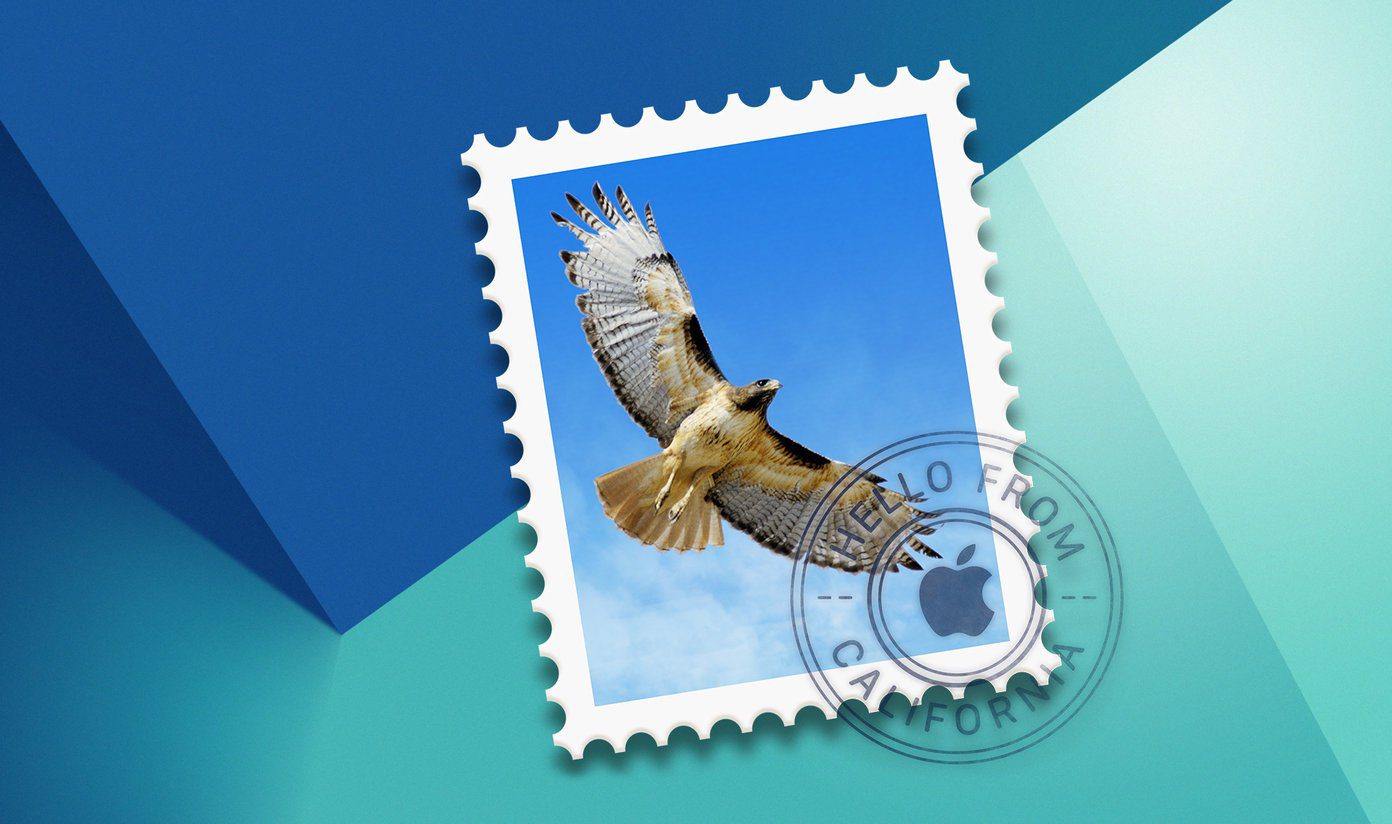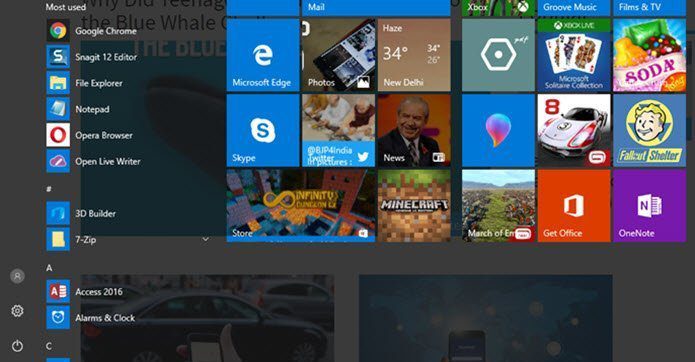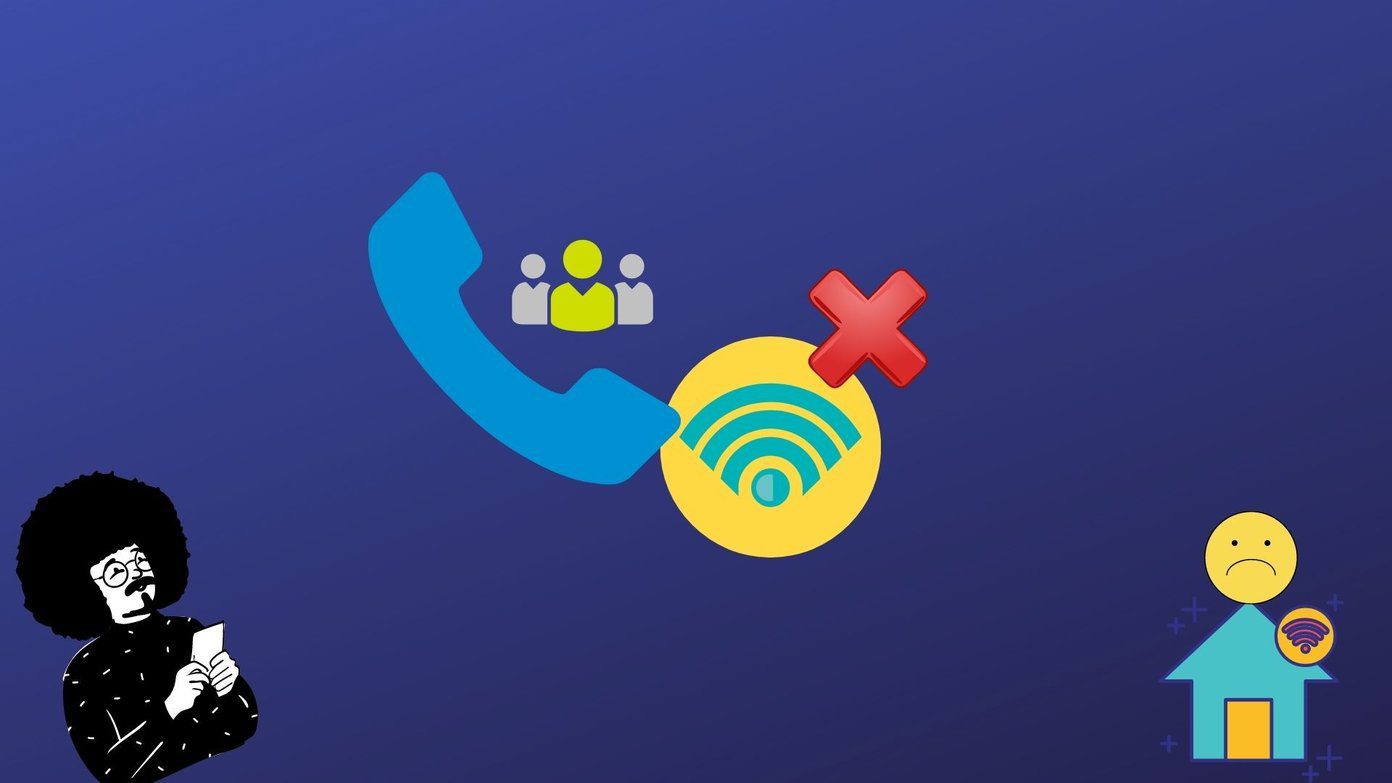Back in Windows 8 and Windows 8.1, OblyTile was the go to program for such tasks. But the app does not function in Windows 10 and here there was a time to look for an alternative. While browsing XDA the other day, I came across an alternative to OblyTile using which one can create custom tiles in Windows 10. However, the app doesn’t work out of the box and requires some advanced settings to get the pinned apps working.
TileCreator for Windows 10
By using TileCreator along with a TileCreator Proxy for the task, tiles on the Start Menu can be customized. The TileCreator can be downloaded from the Windows Store and will be installed as a Modern App in the Start menu. After you install the app from the Store, download and run the TileCreator Proxy as administrator. It’s basically a script that runs in the background for the Tile Creator main app and gives it the path of the apps that are pinned to the Start Menu. Once the file is executed as an admin, you will see a file called ApprovedApps.config in C:\TileCreator. Open the file using Notepad and leave it for a while. We will get back to it later. Launch TileCreator from the Start Menu to add a file or a program as a tile. You will be needing the path to the file that would be pinned to the Start Menu using the Tile Creator. The app will ask you to add a name of the app along with icon image along with an Approved Apps Key. This key needs to be added to the ApprovedApps.config in C:\TileCreator. In the file, add a key name along with the path to the file you wish to add. For example, you can see that for Slack I have added the keyword as slack along with the path to the app, including the file name. Having done that, save the notepad file and head back to the TileCreator app. Finally, in the TileCreator app, give a name of the app along with the app’s key used in the configuration file. You can do a simple Google Image search and give an appropriate icon for the file or app you are adding. Once everything is in place, click on the Pin Tile button. If the tile doesn’t appear instantly, restart the Windows Explorer and launch the Start Menu again. Note: If you are getting an Open With screen when you click on a custom tile, delete the C:\TileCreator folder and install TileCreator Proxy again. But make sure you run it as admin this time.
Conclusion
I understand the fact that TileCreator is a bit tricky to use when compared to OblyTile, but keeping in mind the Windows 10 restriction, this is the easiest way out there. It will take time just for the few initial programs you try to add. Soon you will get the hang of it. If you still have any doubts about it, you need only to ask. The above article may contain affiliate links which help support Guiding Tech. However, it does not affect our editorial integrity. The content remains unbiased and authentic.













